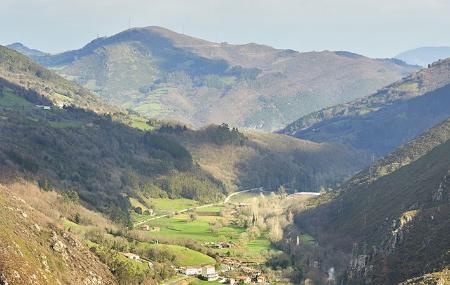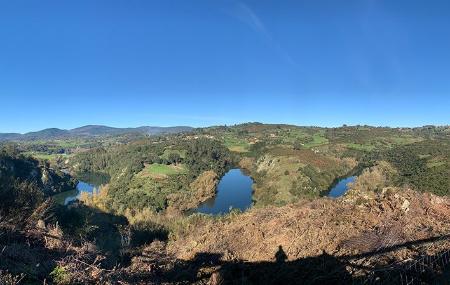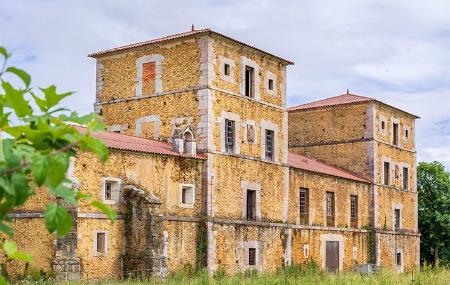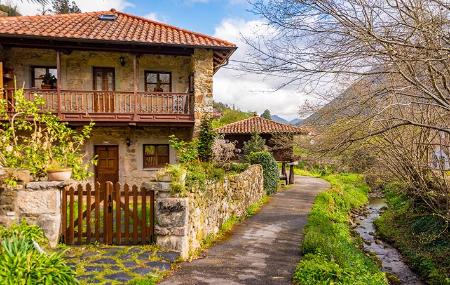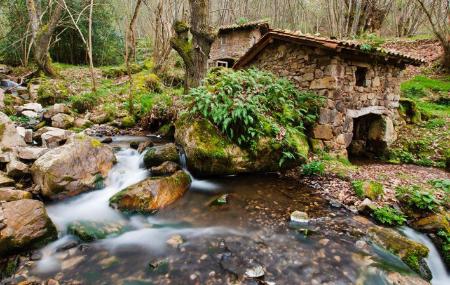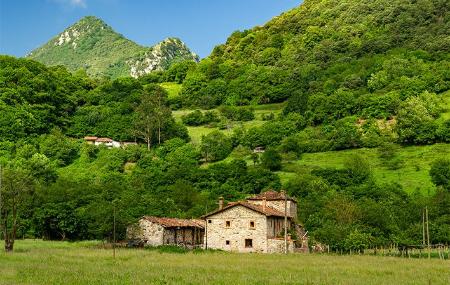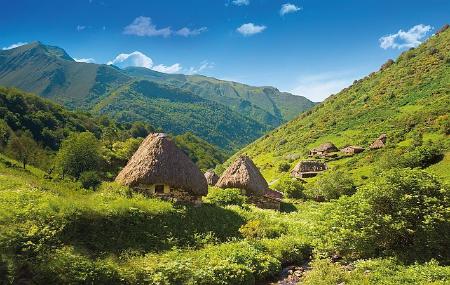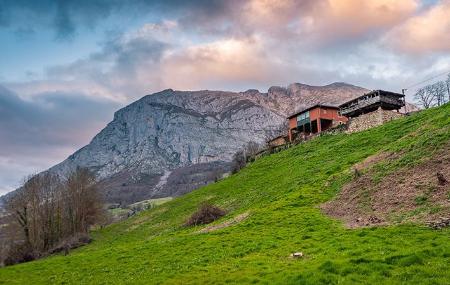Oviedo/Uviéu is the capital of the Principality of Asturias. Nearby are Llanera, Noreña and Siero, forming the Region of Nora. Visitors can follow Los Palacios (the Palaces) route in Llanera. Automobile enthusiasts can visit the circuit and the Fernando Alonso Museum. Its festivals include the Exconxuraos festival, commemorating a historical event. As for Siero, its mining history is still present in some of the towers and pits such as Pumarabule and Mosquitera. This can all be enjoyed more closely, by following the mining route of Jovellanos.
The number of palaces and emblazoned mansions is quite spectacular. Siero is also known for its cider production, as it is the third largest cider making municipality in the region. Its most emblematic festivals include the Huevos Pintos and the Carmín de La Pola Siero festivals. Finally, once in Noreña, the cured meat capital par excellence in Asturias, the most popular dish, in the right season, are callos (a tripe dish), but also moscancia (a type of fresh blood pudding) or sabadiego (a chorizo made in this region). Its meat and pork industry are so important here, that they even have a statue dedicated to it, located near the Town Hall.
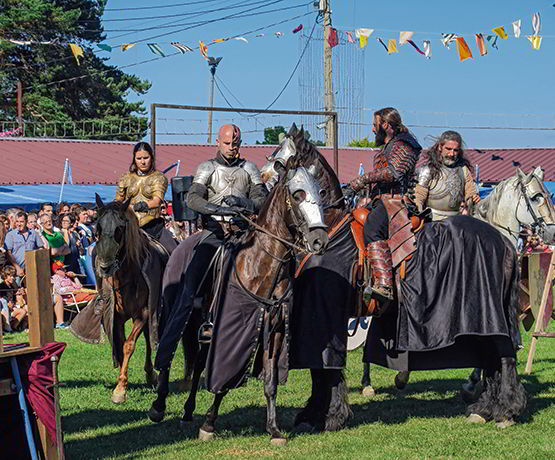
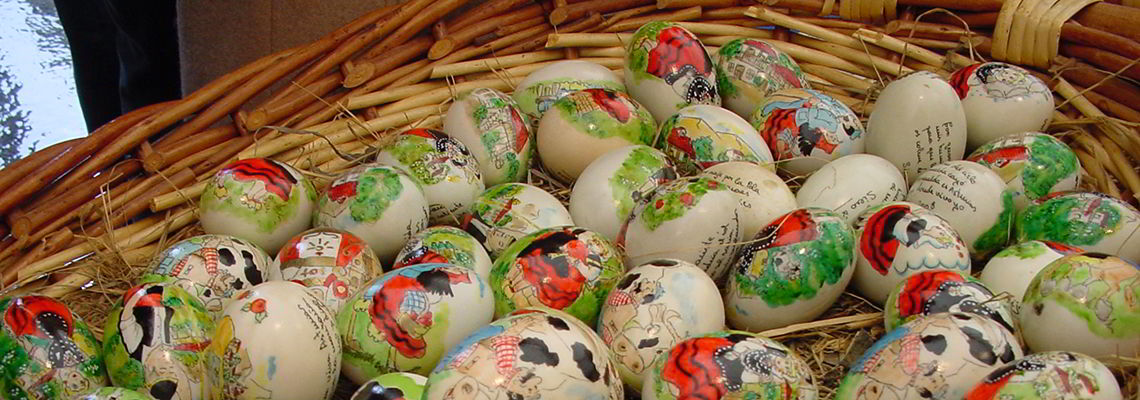
Las Regueras is a municipality full of history and tradition, with the Way of Saint James passing through it.
Pilgrims travelling the Way of Saint James also pass through Las Regueras, a council which, together with Santo Adriano, Proaza, Quirós, Teverga, Grado, Candamo, Yernes y Tameza, Belmonte de Miranda and Somiedo, all come under the name of Camín Real de la Mesa. El Camín was, throughout the entire Middle Ages, the place through which people, cattle and goods passed between Asturias and Castilla.
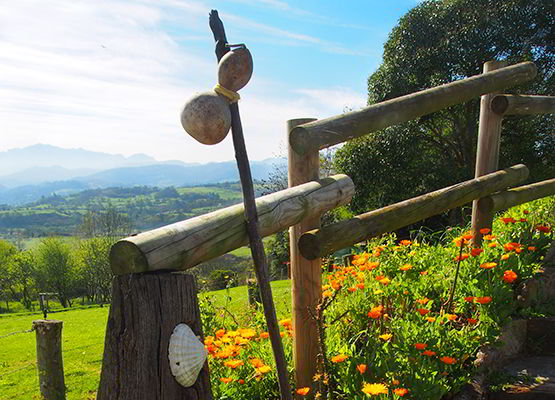
Its buildings of interest include the Pre-Romanesque Church of San Pedro de Nora, dating back to the end of the 9th century, and the Roman Baths of Valduno. Its natural monuments include the meanders of the Nora River. Its ethnographic heritage is truly significant, with one of its most important representatives being the Molín de Picarín, an old restored water mill. It has a pilgrim lodging.

En route to Valles del Oso, travellers will reach Santo Adriano, where the Senda del Oso (Bear Trail) begins, built on the old mining railway route. Covering 29 kilometres, although some people enjoy walking it, many travellers choose to cycle it, with bikes available to rent along various sections of the route. In Santo Adriano is the Pre-Romanesque temple of Santo Adriano de Tuñón. The recreational area of Buyera is home to the fenced enclosure, where the bears "Paca" and "Molina" lived . The bear "Tola" also lived there for many years, but passed away in January 2018. The popular route to the Xanas Gorge begins in Villanueva, the capital of the council, and ends in Pedroveya in Quirós.
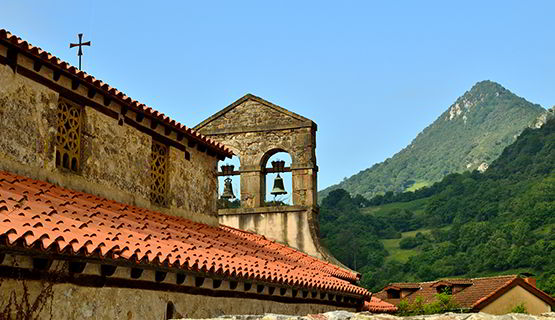
The trail leads to Proaza, with a significant number of hotels and restaurants in its capital. Apart from the aforementioned trail that crosses through it, there are a whole host of routes. One of the most striking villages is the medieval village of Banduxu, which you can hike up to or visit by car. Then the Senda del Oso branches off in two sections, inviting visitors to explore either Quirós, or Teverga. Choosing Quirós, offers the chance of admiring is beautiful Valdemurio Reservoir, together with another "guapo"( beautiful) village, Bermiego, which is home to one of the most famous yews in the region. Particularly captivating places are the Virgen de Alba Chapel or the Corroriu mills. There are a large number of restaurants and services of all sorts in the capital, Bárzana. The ethnographic museum is well-worth a visit.
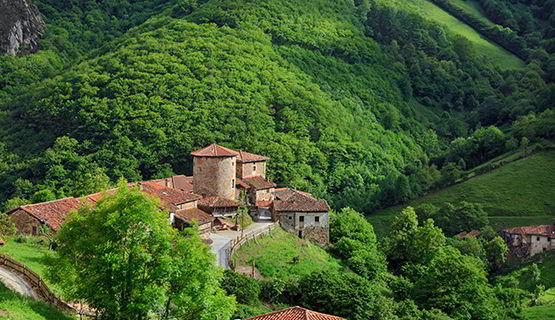
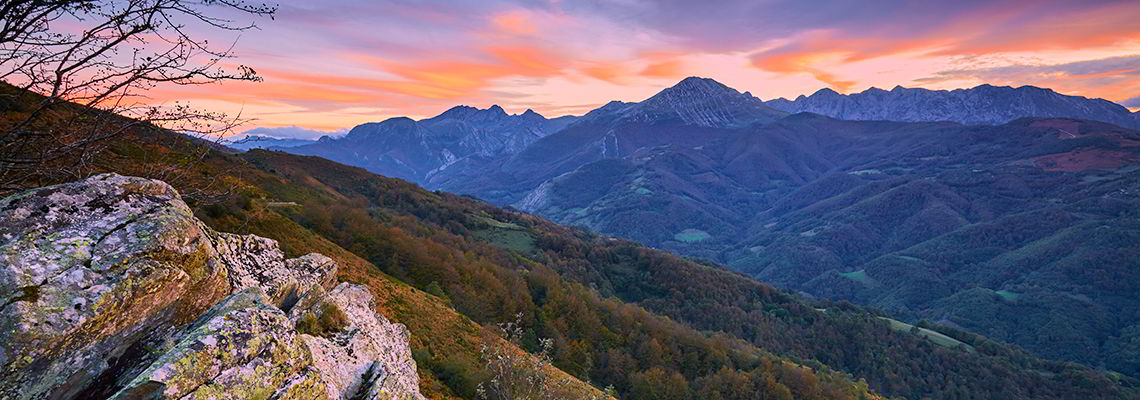
In Teverga, in Samartín, those who enjoy cultural visits should visit the collegiate church of San Pedro. It houses a museum, where the mummified corpses of the Marquis of Valdecarzana and his son Pedro de Miranda are located, abbot of the collegiate church from 1690 to 1720. Together with Quirós and Lena, it forms part of the Nature Park of Las Ubiñas-La Mesa. Some of the most significant natural gems are the Huerta Cave and the Marabio mountain passes.
The beech forest of Montegrande and the Xiblu waterfall are essential visits in any nature lover's agenda.
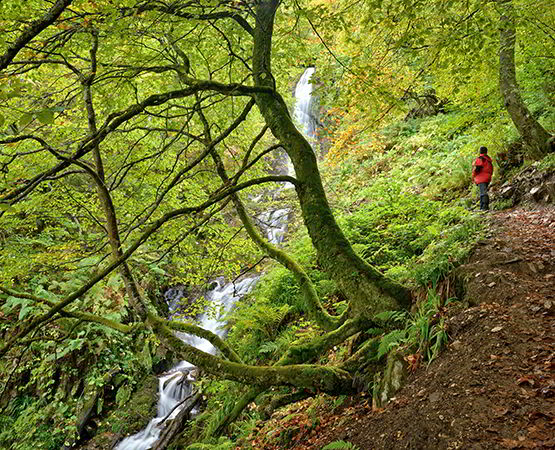
Also in Teverga, there are majadas (mountain grazing meadows) with traditional-style mountain huts, teitos (ancestral constructions covered with a vegetal roof) and corros (round stone huts). One of these high pastureland is Cadenas, where there are corros (round stone huts) and cabins. The high pastureland, where teitos can still be found and with thirty-nine of these registered in the council, are Fonfría, El Valle, Tuiza, Llamaraxil and El Rebellón. One of the most relevant museum centres here is the Prehistoric Park. And a group of interesting villages are the so-called Privilegio villages: Parmu, La Vil.la de Su and, above all, La Foceicha.
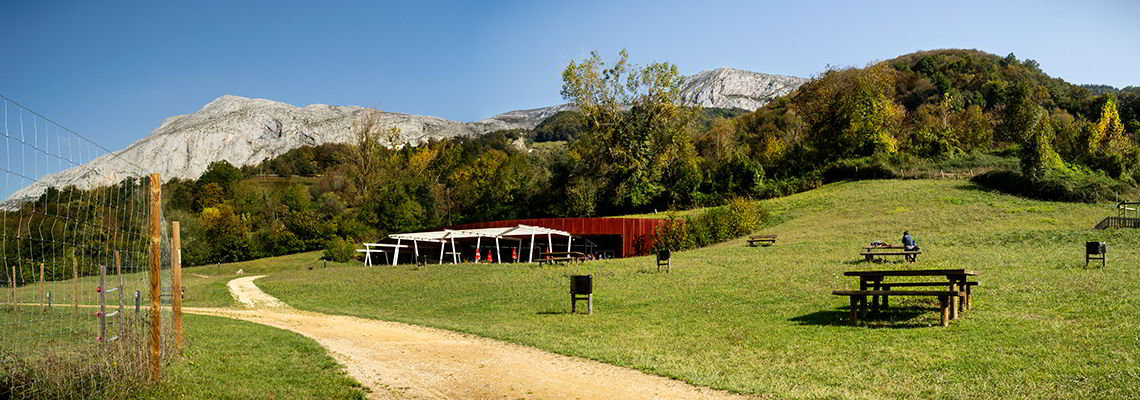
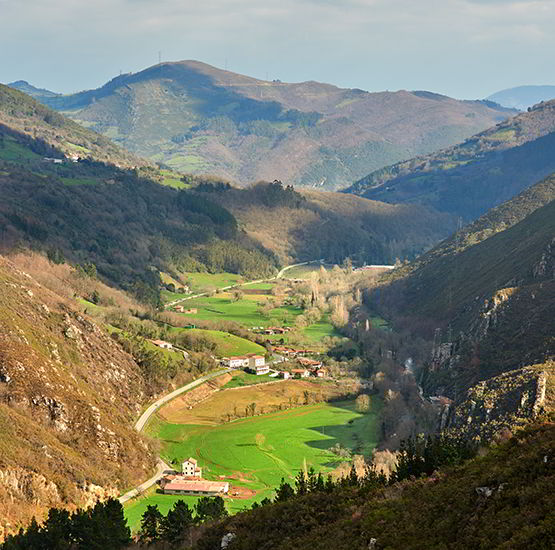
Belmonte de Miranda and Somiedo, is also bear territory. The Casa del Lobo (Wolf House Interpretation Centre) is located in Belmonte/ Balmonte capital, a visit which can be combined with another to the wolf enclosure, while one of the most beautiful recreational areas around is located in Silviella. Climbing up to "guapo" (pretty) village of Bixega, are some of its high pastureland, which also offer signposted routes: the Fuexos route, the Montoubu route, and the Vaqueira, Castañal and Calzada Romana routes.
Somiedo, in turn, captivates visitors from the minute it is discovered. Wide, open valleys, mountains, lakes, forests, villages... and all amid incredibly generous natural surroundings.
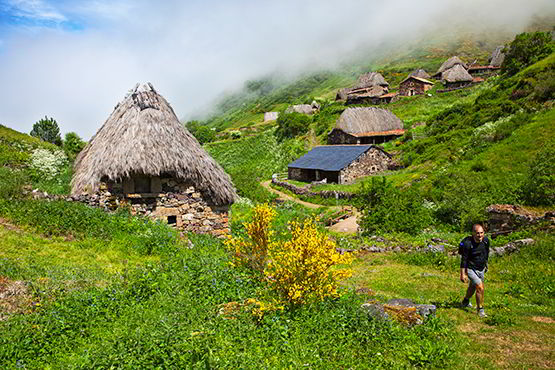
It is, without doubt, the kingdom of the brown bear, with ever-increasing sightings. The Somiedo Nature Park is made up of four valleys, the Somiedo, the Pigüeña, the Valle and Saliencia. The Ecomuseum in Somiedo, Caunedo, is well worth a visit. Some of its main high pastureland where the old huts, the teitos, capture the attention of travellers, with their roofs made with straw or broom, include the Sousas, Mumián, Saliencia and La Pornacal. Pola de Somiedo, Caunedo, La Rebollada, La Peral, Arbellales and the actual pass are just a few of the hamlets that travellers always enjoy, as much as, if not more, than the incredible Saliencia Lakes. There are plenty of routes. To find out more about them, it is worth visiting the Reception and Interpretation Centre of Somiedo Nature Park, in Pola de Somiedo.

